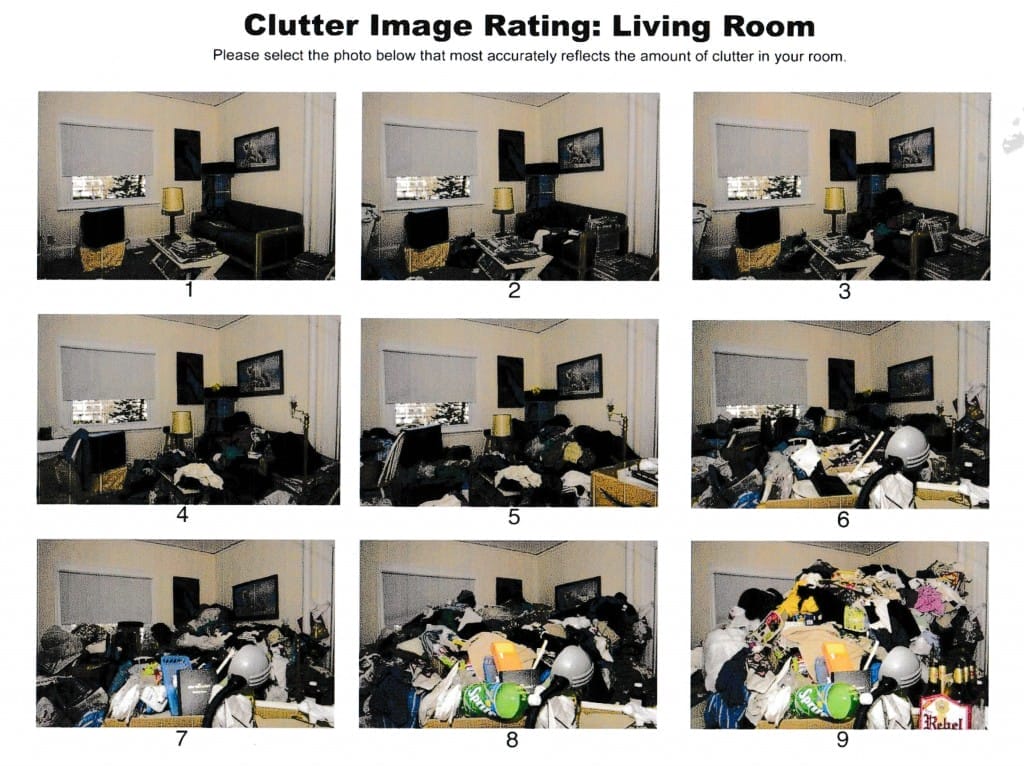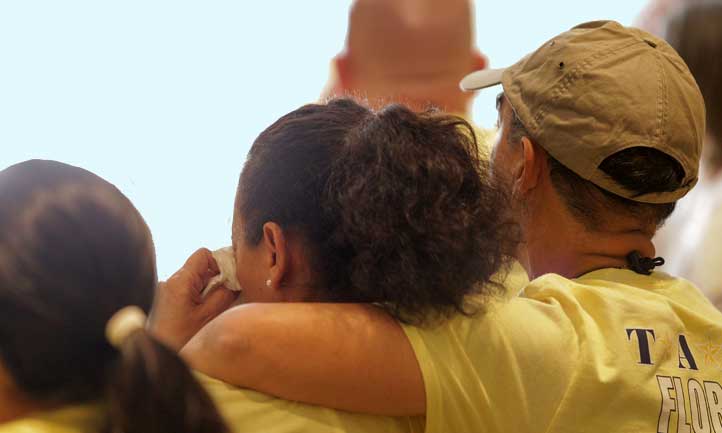Are you unsure where the line between collecting and hoarding behavior lies? You’re not alone! Many people find it difficult to differentiate between the two. Hoarding is when a person collects items in excess and can no longer use them or find a place to store them. While collecting involves acquiring items in a more purposeful and organized way. In this blog post, we’ll uncover the difference between of hoarding vs. collecting.
Key Differences Between Hoarding and Collecting
Collectors and hoarders share a habit to acquire more than they need and often refuse to part with their possessions. However, there are notable differences between the two behaviors. Collectors tend to be more organized, often with a specific theme or plan for their collection. They take pride in displaying and maintaining their items, while hoarders struggle with disorder and clutter.
Research has found that collectors are more likely to organize their items and invest in their hobby by purchasing specific items. In contrast, hoarders often collect free or low-value items and may struggle with social isolation and shame due to their living conditions. These distinctions can be important in recognizing problematic hoarding behaviors and seeking help.
Negative Effects of Hoarding
While hoarding may initially seem harmless, its negative impact on both the hoarder and their loved ones should not be overlooked. Living in a cluttered and disorganized space can lead to physical health issues, including respiratory problems from a buildup of dust, mold, and allergens. Additionally, clutter can pose safety hazards and increase the risk of falls, fires, and accidents.
Moreover, hoarding can have a detrimental effect on one’s mental and emotional well-being, causing overwhelming stress, depression, and isolation. Relationships with loved ones may suffer due to the hoarding behavior, as the clutter creates a barrier to socializing and entertaining guests.
Finally, hoarding often leads to financial strain and legal issues, as excessive accumulation of items can result in significant expenditures and violations of housing regulations.
Recognizing the negative effects of hoarding is crucial to address the issue and seek help. Hoarders and their loved ones should take steps to tackle the problem and find support, rather than underestimating the impact of hoarding on overall well-being.
How to Identify Hoarding Behavior
As a collector, it’s crucial to maintain a healthy and enjoyable collection. Here are some tips to help you achieve this:
1. Establish clear boundaries for your collection by setting limits on the number of items you acquire. Be disciplined and stick to your boundaries to avoid your collection becoming overwhelming.
2. Regularly declutter and organize your collection to remove any items that no longer hold meaning. This will keep your collection organized and prevent chaos.
3. Display your collection in a way that allows you to appreciate and enjoy it. Showcase your items using shelves, cases, or other methods to make them easily accessible and take pride in your collection.
4. Share your passion with other collectors by joining groups or attending conventions to build a supportive network and exchange ideas.
5. Continuously learn about the items in your collection through reading, lectures, or online forums. The more you understand, the more meaningful your collection will become. Remember, collecting should bring you joy and fulfillment.
Follow these tips to maintain a healthy collection that continues to bring you happiness for years to come.
Seeking Help for Hoarding Behavior
If you or a loved one is struggling with hoarding behavior, seeking help and support can make a significant impact on physical and mental well-being, relationships, and overall quality of life. Start by contacting a mental health professional who specializes in hoarding disorder for personalized treatment options.
Support groups and therapy sessions designed for hoarders can also be beneficial, providing a safe space to connect with others who understand and share strategies for managing hoarding tendencies. Involve loved ones in the process, too – friends and family can offer support, encouragement, and practical assistance in decluttering and organizing. Remember, taking the brave step towards seeking help is key to creating a healthier and more fulfilling life. Don’t hesitate to reach out for the assistance you need.
If you or someone close to you is in need of professional hoarding cleaning services, get in touch with contact Sadies Pro Cleaning Hoarding Clean Up & Animal Hoarding Clean Up (sadiesprocleaning.com)










